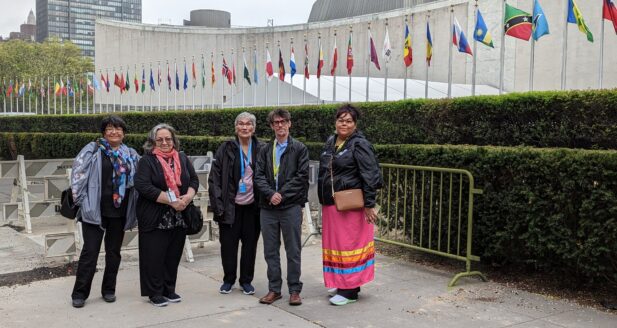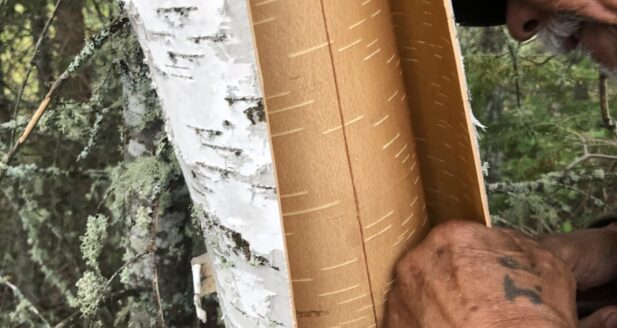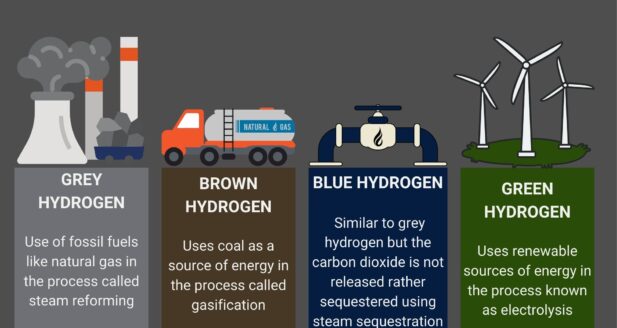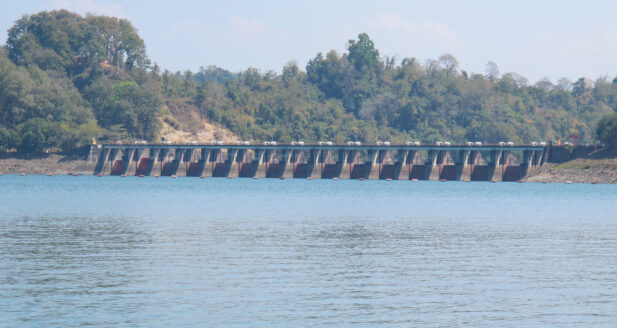For Immediate Release Afer enduring nearly 50 years of harm arising from a massive hydropower project constructed against their wishes, O-Pipon-Na-Piwin Cree Naton (OPCN), along with two related community associatons, filed a statement of claim in Manitoba Court of King's Bench on May 19, 2023. The statement of claim seeks: 1) compensation for damages from impacts of the Churchill River Diversion project that foods 837 square kilometres and raises the level of Southern Indian Lake, the fourth largest lake in the province and the heart of OPCN, by about 3 metres; 2) an order that Manitoba Hydr
Winnipeg, MB — As the 22nd Permanent Forum on Indigenous Issues (UNPFII) comes to a close at the United Nations in New York City, a number of hydro-impacted First Nation representatives are returning home to Manitoba. The two-week event was an opportunity to liaise and connect with dignitaries and Indigenous representatives from around the world, raising awareness at an international level about the ongoing impacts of hydropower on First Nations in Northern Manitoba. [caption id="attachment_5804" align="alignright" width="169"] Left to Right: Ramona Neckoway, Hilda Dysart, Ellen Cook,
Taylor Galvin was part of a UM delegation chosen to attend the UN 2023 Water Conference in New York City in March 2023. The conference brought together water experts from around the world. Taylor was joined by Dr. Myrle Ballard, Claire Herbert, Dr. Nicole J. Wilson, and Colleen James (Ghoóch TIâ) and Jewel Davies (Yekhunashîn/Khatuku) from Carcross/Tagish First Nation. Read below to learn about her experience and thoughts on the event.
By: Ashley WolfeOn our first morning, Bobbie Mangeli and I made our way to the Little Limestone Camp, located about forty-five minutes north of Grand Rapids, Manitoba. On our way up, Bobbie was able to see her first house being moved by truck, which took up both lanes of the highway.We were greeted in camp by our Wa Ni Ska Tan contact Gail Ledoux, and her wonderful family and community. Our Elders and Knowledge Keepers for the week were Burnell, Ivan and “Mugsy,” the Kitchen crew; Carol, Catherine and MaryAnne (these women kept us so well fed, and I can still taste the berry jam, made righ
by Eliza Maharjan There is a global urgency to act against the impacts of climate change. With the recent COP 26, countries across the globe have planned to phase out fossil fuels and aim for emissions well below 1.5 degrees Celsius. It was emphasized that countries need to “phasedown” coal and support developing economies to achieve this global goal. With such urgency to reduce greenhouse gas emissions (GHGs), the transition to alternative energy was highlighted. Alternative energy thus is gaining momentum with promises to reduce our dependence on fossil fuels. The global efforts to
Environmental Personhood as a Decolonizing Environmental Protection Strategy By Amy Cherpako What is environmental personhood? Legal personhood, Rights of Nature, environmental personhood…This concept has many different names and applications all around the world. In recent years, this environmental protection strategy has gained momentum, throughout various countries’ domestic laws, legislative actions, and international legal systems, forging strong connections and interpretations of existing environmental laws and human rights. The general ideology behind environme
By Mathew Scammell On May 17th, 2022, my colleagues and I attended a book launch presentation for the edited collection In Our Backyard: Keeyask and the Legacy of Hydroelectric Development where the co-editors Aimée Craft and Jill Blakley were joined by Councillor Robert Spence for a casual conversation about its contents. There was a mixture of emotions evoked by the words of each presenter, and they ranged from joy and laughter, anger and resentment, to sadness and deep reflection. From personal stories of loss being told by Councillor Robert Spence, to Jill Blakley speculating on wha
by Soumik Deb Simanto As a student researcher at the Environmental Conservation Lab and an avid Bangladeshi, I am pleased to be studying the social, cultural, and environmental impacts ignited by the Kaptai Dam in the Karnaphuli River. The dam was, and still is a matter of concern in that region and a nightmare for the Indigenous people of the Chittagong Hill Tracts. The People fought against this historical injustice perpetuated by the political powers then and have been resisting the autocratic armed forces in the present days. The dam’s history goes back to the 1950s when the Pakist
tansi. ki-hîw pi-pih-kwan ni-ti-si-na-ka-sōn. makeso sakaihikan ni-toh-cin. Lillian (Attley) Anderson ni-ka-way é-ki-si-ni-ka-sōt ekwa Nancy (Ouskun) Attley noh-kom é-ki-si-ni-ka-sōt. ta-tas-kwé-yak noh-kom é-toh-cit. Hello. My name is Eagle Whistle. I am from Fox Lake Cree Nation. My mother’s name was Lillian (Attley) Anderson and my grandmother’s name was Nancy (Ouskun) Attley. My grandmother was from Split Lake. My colonized name is Dennis Anderson. Indigenous people are matrilineal and we recognize our bloodline through our mother and I announce my grandmother to place my
by Dylan Kensick & Taylor Galvin The solar power system allows us to have AC electricity within our off-grid home. The 3 main components of the system are the solar panel, charge controller system, and the batteries. The charge controller system and the batteries are in a specific location inside our house, the solar panel is mounted on the ground in our yard. The solar panel is rated to 330 watts at a maximum of 40 volts, the charge controller has a maximum input capacity of 20 amps to charge the batteries. The battery bank is composed of two 12-volt batteries with 235-amp hours, which




